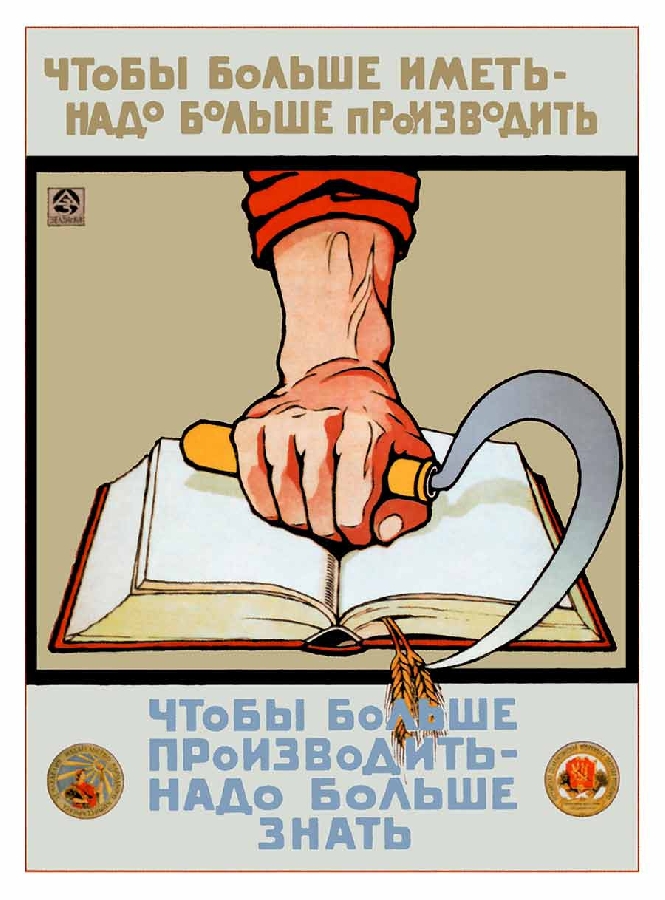Wage Labour and Capital #3
Hello everyone, welcome to Theory Thursday! This is a community led project, the point of these posts is to read about 30 minutes of theory every Thursday. Then we discuss with fellow comrades the contents of the reading. This week’s topic we are covering Karl Marx’s Wage Labour and Capital chapter 6 (relation of wage labor to capital) to the end.
Discussion #1: https://lemmygrad.ml/post/1134970
Discussion #2: https://lemmygrad.ml/post/1241612
The Reading: https://www.marxists.org/archive/marx/works/1847/wage-labour/index.htm
The Study Guide: http://www.marxists.org/archive/marx/works/1847/wage-labour/guide.htm
Study Guide questions:
spoiler
Relation of wage-labor to capital
- Can we think of even more factors governing the rise and fall of real wages?
- What does “standard of living” mean? Has it increased over the past 100 years in your country (or not)? Why?
- What is the effect on profits of a situation where people work long hours every day of the week (other things being equal)? And on the other hand, of people only having a few hours work a week?
The general law that determines the rise and fall of wages and profit
- Marx says that the gap between rich and poor was getting wider in his day. Is this true today? Has it always been true throughout the past hundred years in your country? And what about differences within the working class? Are these getting bigger or smaller?
- Where does profit come from? If commodities are paid for at their value, how can a buyer or seller consistently make a profit and get rich? – Does your answer cover how bankers, landlords, stock-brokers and so on get rich?
The interests of capital and wage-labor are diametrically opposed
- Discuss an example you know about of a new technique of production being introduced and the effects this had on prices, wages, etc.
- Discuss the contrast between “labour intensive” and “capital intensive” industries. What parts of the economy are becoming more capital intensive, and which are not?
Effect of capitalist competition on the capitalist, middle and working class
- Discuss the prospects for wages in your country at the moment and what tactics could be used to improve wages.
- What is your answer to someone who says that an increase in wages will only cause inflation or cause capital to be withdrawn from the country.
- Why is the fight for better wages anything to do with the fight for socialism? What would you say to someone who said that fighting for higher wages is just being greedy like the capitalists?
- Many workers are not paid wages, but work on contracts, or on piece-work. How does this effect what Marx has been saying about the value of Labour Power, and so on.?
Feel free to discus below your thoughts or insight into this reading.
Announcement:
spoiler
With a heavy heart I’m afraid I must put this project on an indefinite hiatus. My life is going through a pretty bad rough patch at the moment. I’ve got huge life commitments coming up that require my full attention and energy. I will be focused on my personal life, my family, the community, and the future. Covering basic survival and life obligations come first. I won’t be much help to the cause if I’m starving to death or living on the street. I will still pop in occasionally to the ‘grad to say hello and comment. While I might be done with Theory Thursday, for now, when I get to a better spot in my life I’d like to pick it back up again. I’ll probably be back in a few months. This is very disappointing because I’ve been really enjoying this, overall I’ve learned a lot from the reading and from all of the comrades who’ve taken the time to participate. I want to thank everyone who’s taken part in this, you are the reason I went to all of this time/effort to make this. Thanks to you comrades I’ve learned so much about theory, life, society, and myself. Goodbye comrades, I leave you with an Irish blessing: May the road rise up to meet you. May the wind be always at your back. May the sun shine warm upon your face; the rains fall soft upon your fields and until we meet again, may God hold you in the palm of His hand.
Check out the sidebar for additional resources, including comrade CriticalResist8’s ProleWiki study guide, also check out comrade GrainEater’s Matrix study group if you’d like to study additional theory.
FAQ
spoiler
Why are we only doing 30 minutes worth of reading?
- I’m a very busy person and don’t have time to do more
- This format is specifically designed for people with busy schedules to participate
- It is proven that the best way to digest information is a little bit at a time
Still not satisfied? I recommend starting your own study session, reading at your own pace, or joining an additional study group.
I’m open to constructive criticism, key word there being constructive. Just keep in mind I’m a flawed human being who’s volunteering my limited time and energy to do this.


Answer:
I feel dissatisfied with this comment, but I hope that it is better than nothing.